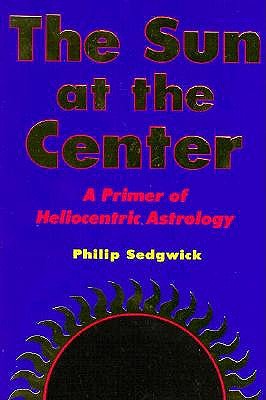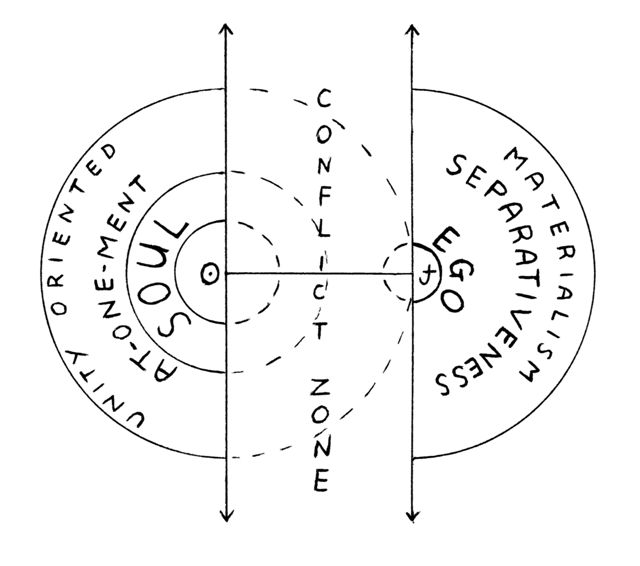


Anyway, seasons are magical and influence us enormously, determining ultimately the twelve signs (the “minor stations”) and our destiny marked by our birth at some point in that annual cycle.ĭuring the annual trip of the Sun, there are two great stages: one bright and hot, and the other darker and colder. A certain esoteric tradition affirms that before human evolution, the axis of the Earth was straight, and that one mysterious civilization caused it to tilt for spiritual purposes: the biological plan of animal and plant evolution, and the plan for the civilization of cultures. Only planet Earth has such definite climatic seasons, because it is the only planet with living beings and whose axis is tilted, moving away and toward the Sun like a spinning top during the annual cycle, thus allowing for great biological diversity, landscapes and weather phenomena that cause different moods. This is the reason why Greek mythology talks about the "Sun chariot" (Helios) as a vehicle that carries the Sun god and describes the daily trip in the sky during the day and night with four stages: sunrise, noon, sunset and midnight and its annual trip that includes the four seasons: spring, summer, autumn and winter. The name "seasons" refers to the stages and stations of the Sun in the sky, just like the stations in a train trip (in Spanish “estación” is used both for seasons and railway stations).

However, seasons are still so important that they define the basic cycle of astrological signs. Modern human beings have lost intimate contact with the seasons, but agricultural or peasant peoples were much more aware of them. The Seasons of the Year and Astrology - The Archetypal Cycle by Manuel Ignacio Quiles Introduction


 0 kommentar(er)
0 kommentar(er)
